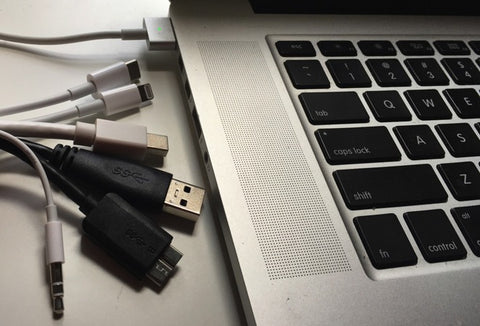
The music-production application Reaper takes audio recording a step beyond GarageBand, further blurring the line between expensive professional software and wallet-friendly amateur apps.


But if you need to purchase it, you can buy Garageband ’11 in the Apple App Store for $15. If you own a Mac, chances are good that you already have GarageBand. GarageBand comes packed with a massive library of virtual instruments and drum loops that turn your keyboard into a virtual synthesizer. Shipping with Apple computers as part of the iLife software suite, GarageBand is a feature-packed digital audio workstation with tools that rival those in much pricier applications. If you’ve had your eye on a FireWire audio interface, remember that a lot of older computers (and newer Macs) may not have FireWire capabilities.Įvery home recording studio needs music-production software too. One last element to consider is the assortment of ports on your computer. Even if you’re firing up a laptop from 2006, hard drives and other forms of external storage are relatively cheap ways to ensure that you have enough capacity to store your music projects. Fortunately, extra hard-drive space is easy to come by.

Although one audio file doesn’t take up much space, file sizes can add up fast in large music projects featuring multiple tracks for example, a typical GarageBand project file containing eight individual tracks could come in at a few hundred megabytes. Similarly, the Dell Inspiron E1505 laptop from 2006 (2.0GHz Intel Core 2 Duo CPU, 1GB RAM, Windows XP) looks ancient by today’s computing standards, but still has enough zip to hold its own in most home recording studio setups.īeyond processing speeds and RAM specs, you should keep an eye on one other hardware component: the hard drive.

The Dell Inspiron E1505 laptop, circa 2006įor example, a 2007-era MacBook Pro, with a 2.2GHz Intel Core 2 Duo processor and 2GB of RAM, can conquer all but the biggest multitrack projects.


 0 kommentar(er)
0 kommentar(er)
